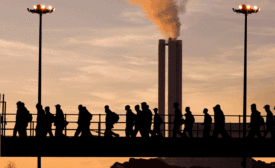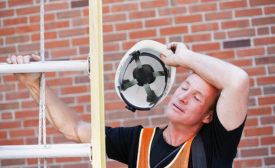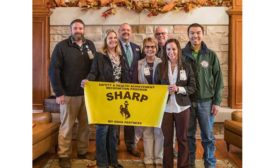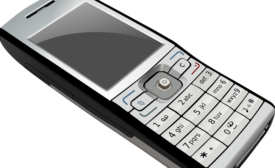Workplace Safety Culture
Heat stress prevention tips
Acclimatization, break schedules, ventilation, clothing & monitoring stress can avoid illnesses and even fatilities.
May 1, 2019
Wearables align injury data with fatigue data to determine risk
Wake up to fatigue risks
April 26, 2019
Knockin’ on heaven’s door
It’s a sound no one wants to hear in safety – to the harm of protecting workers
April 23, 2019
Wyoming nursing facility scores a zero – in a good way
Hospice partnered with state’s OSHA Consultation program to improve workplace health and safety
April 22, 2019
Creating the right climate for safety
Leaders need to show their competency, and their caring for co-workers
April 18, 2019
Quick fixes for organizational improvements are an illusion
Culture change is not easy. It takes time, hard work, discipline and patience.
April 8, 2019
Never miss the latest news and trends driving the safety industry
eNewsletter | Website | eMagazine
JOIN TODAYCopyright ©2024. All Rights Reserved BNP Media.
Design, CMS, Hosting & Web Development :: ePublishing












